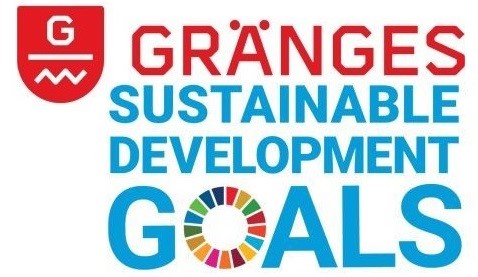

The aluminium technology company that drives the development of lighter, smarter and more sustainable aluminium products and solutions, Gränges has showcased that sustainability is a strong driver and enabler in long-term competitiveness and value creation.

In March 2019, Gränges floated sustainability targets to 2025 and since then advancement has been achieved towards many of these. Gränges is now upgrading selected sustainability targets to reflect the stronger than anticipated development in the sustainability performance as well as to meet the increased interest and expectations from customers and other stakeholders.
The targets revealed Gränges’ efforts to further incorporate sustainability across the company and the value chain, executed through the company’s five sustainability pillars.
The aluminium company’s upgraded sustainability targets to 2025:
Gränges follows the Greenhouse Gas Protocol Standards to calculate its climate impact from bauxite extraction to delivery of Gränges’ products to customers.
Johan Menckel, CEO, Granges: “I’m very proud that we have achieved good progress on our sustainability priorities and that we can now further raise our ambitions. In light of customers’ increased interest in using sustainable materials, I’m proud that we intend to have third-party verified sustainability information available for all our products by 2025. We have recently started to offer customers verified product carbon footprint certificates for products produced at the Finspång site, and the focus will now be to expand such certificates to cover all remaining products.”
Sofia Hedevåg, Gränges’ SVP Sustainability has also endorsed the upgraded sustainability.
“I would like to highlight our new quantitative emission reduction target for sourced metal inputs (scope 3), which shows our holistic strategy to reduce climate impact along the aluminium value chain. It complements our existing climate target for our operations and purchased energy (scope 1+2). As our products’ carbon footprint mainly originates from sourced primary aluminium, we will collaborate with our suppliers to expand the sourcing of low-carbon primary aluminium as well as recycled aluminium. I’m also positive that we have upgraded our recycling target to at least 30 per cent, which confirms our focus on circularity and resource efficiency”, said Sofia Hedevåg.



Responses






